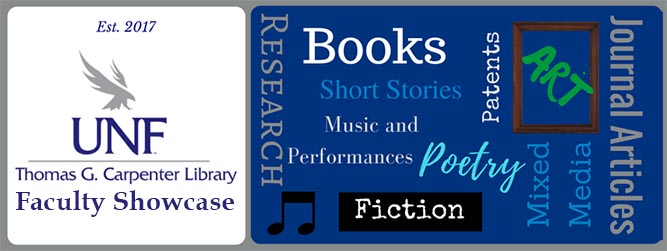
College
COAS
Department
Chemistry
Rank
Professor
Type of Work
Work Presented at Professional or Scholarly Conference
Publication Information
The paper was presented at the American Chemical Society (ACS) meeting in Orlando, FL on April 1, 2019
Description of Work
In the past 100 years IUPAC has become well known for the development of nomenclature standards for chemicals and terminology for communication of chemically related concepts. Initially published in IUPAC's Pure and Applied Chemistry (PAC), terminology recommendations have been incorporated into the IUPAC Color Books published by the divisions. Subsequently, many terms from the color books have been incorporated into the Gold Book - the Compendium of Chemical Terminology. While the work to date as been focused on the standardization of concept (term) definitions for human use, the aggregated set of all PAC recommendations on terminology constitutes a corpus of high quality definitions for entries into an ontology for use in computer representation of chemical concepts. This is sorely needed at a time when there is a significant move toward machine learning approaches to understand science both within and outside chemistry. With it chemical data scientists can envision and apply this 'common language' into their cheminformatics work, promoting interoperability in chemical data. This paper will review the history of the PAC recommendations, the color books, and highlight how the existing guidelines for the development of terms supports the renovation of the terms for computer use. The current update to the Gold Book website will be discussed (including machine processability) as well as future ontological representation of the terms. Finally, this development will be highlighted as one of the most important in the next 100 years of IUPAC.
Included in
The IUPAC Gold Book website
In the past 100 years IUPAC has become well known for the development of nomenclature standards for chemicals and terminology for communication of chemically related concepts. Initially published in IUPAC's Pure and Applied Chemistry (PAC), terminology recommendations have been incorporated into the IUPAC Color Books published by the divisions. Subsequently, many terms from the color books have been incorporated into the Gold Book - the Compendium of Chemical Terminology. While the work to date as been focused on the standardization of concept (term) definitions for human use, the aggregated set of all PAC recommendations on terminology constitutes a corpus of high quality definitions for entries into an ontology for use in computer representation of chemical concepts. This is sorely needed at a time when there is a significant move toward machine learning approaches to understand science both within and outside chemistry. With it chemical data scientists can envision and apply this 'common language' into their cheminformatics work, promoting interoperability in chemical data. This paper will review the history of the PAC recommendations, the color books, and highlight how the existing guidelines for the development of terms supports the renovation of the terms for computer use. The current update to the Gold Book website will be discussed (including machine processability) as well as future ontological representation of the terms. Finally, this development will be highlighted as one of the most important in the next 100 years of IUPAC.


Biographical Statement
Dr. Stuart J. Chalk is Professor in the Department of Chemistry at UNF. Although trained as an analytical chemist, Dr. Chalk’s research now focuses on the areas of Chemical Informatics and Data Science. In particular, Dr. Chalk has projects focused on machine accessibility of solubility and complexation data, online enhancement to the IUPAC Gold Book, automated extraction and annotation of chemical property data from PDF files, scientific data models, and semantic representation of chemical data. Dr. Chalk’s newest NSF funded grant focuses on semantic integration of heterogeneous datasets from toxicology, medicine, materials, biodiversity, and chemistry.